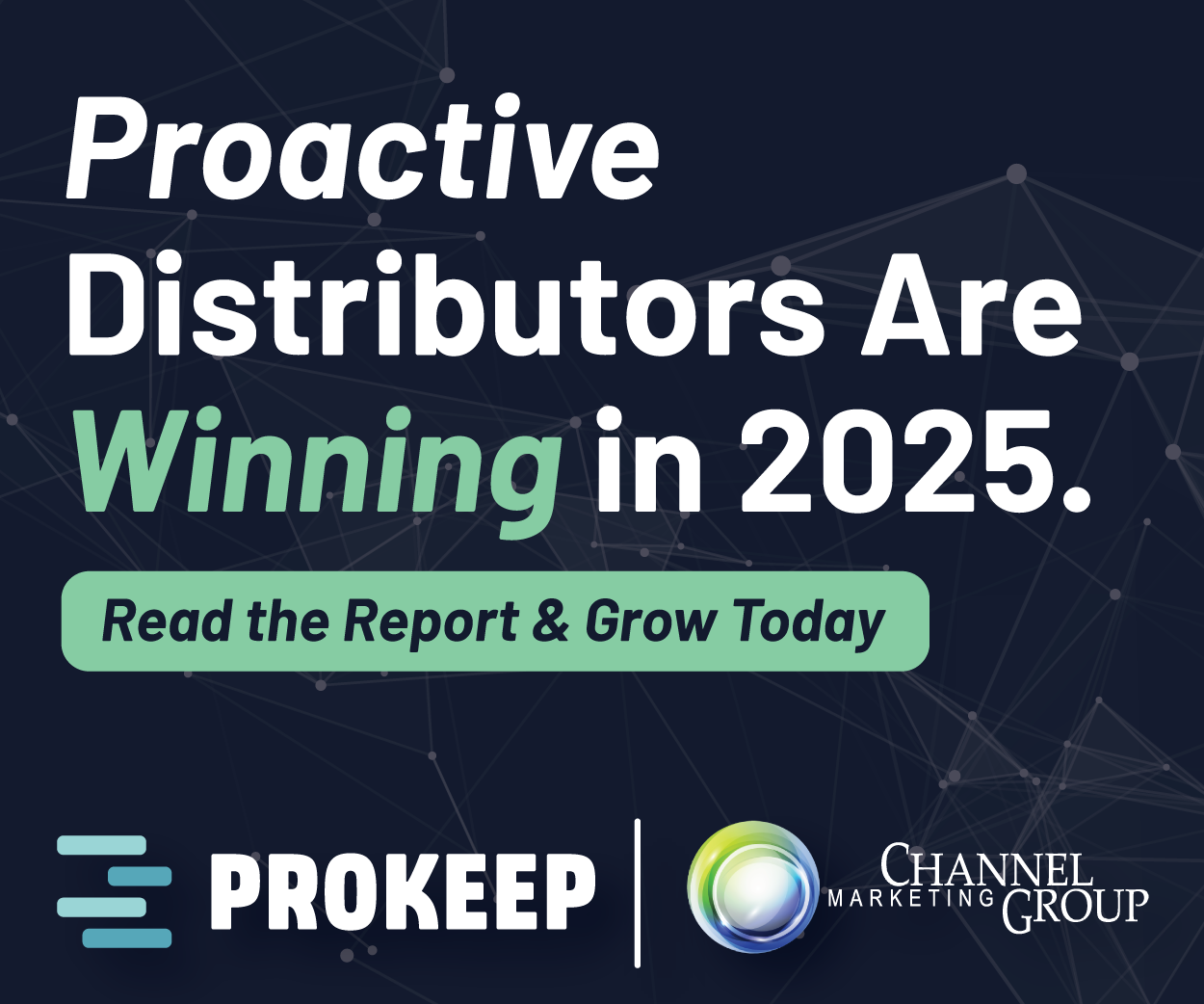Updated Construction Forecast for 2026-2029
 The North American Engineering and Construction Outlook published by FMI, in March warned of tough sledding ahead. This has indeed been borne out in the recently published Third Quarter Outlook. The forecast is for 2026-2029.
The North American Engineering and Construction Outlook published by FMI, in March warned of tough sledding ahead. This has indeed been borne out in the recently published Third Quarter Outlook. The forecast is for 2026-2029.
Overall, the residential sector is dragging down total engineering and construction activity, which is forecast to grow 1% in 2025, down from 7% in 2024. The sustained economic headwinds of high interest rates, challenges in the labor market and policy uncertainty are cumulatively taking a toll.
Nonresidential building and infrastructure segments are a mixed bag with some segments slowing, such as manufacturing, which is forecast to be flat in 2025 before turning down in 2026 -6% and then -3% in 2027. Commercial is forecast to be -4% in 2025 driven by bankruptcies of major chains, such as Forever 21, Rite Aid and Big Lots, flat in 2026 before resuming moderate and accelerating growth in the following years. The Warehouse subsegment of Commercial is forecast to be -5% in 2025 before flipping to 4% in 2026 as vacancies get absorbed, before returning to high single digit and low double digit growth in the out years of the forecast to 2029.
Additional opportunities for nonresidential construction in the short term, include office, amusement and recreation, religious, transportation, power, sewerage and waste disposal, and water supply. Longer term growth is forecast to be delivered by water, lodging, water infrastructure segments. Data center remains the highest growth subsegment and warehouse is forecast to return to growth in the out years of the forecast. Also, expect significant manufacturing activity as factories open.
While the Nonresidential Construction Index (NRCI) dropped sharply in 2Q 2025 to 43.5 from 56.9 — a 24% decline quarter over quarter, it did rise during 3Q 2025 to 49.8. This signals a rebound in contractor sentiment, reflecting greater confidence in both economic and business conditions compared to earlier in the year. This is supported by stronger backlogs and improved outlooks. However, the reading is still below the threshold of 50 which is neutral and expansion is greater than the index of 50. This suggests a stabilization, rather than expansion.
The third quarter 2025 Civil Infrastructure Construction Index (CICI) declined to 50.8, down from 52.2 during 2Q and down from 57.7 during 1Q. The decrease reflects growing caution among participants, driven by rising input cost expectations and continued pressure on margins. While the index remains slightly above the neutral mark, component movements this quarter were mixed. The decline in the overall index signals stalling momentum across economic and business conditions in the local markets where respondents operate.
Nonbuilding investments are forecast to outperform nonresidential, led by a mix of public and private infrastructure-focused projects. While program funding for the IIJA is set to expire in September of 2026, unspent IIJA funds allocated to areas such as energy efficiency and renewables will be reprogrammed into road and bridge funding and aging infrastructure and storm cleanup, management and infrastructure hardening will drive additional investments.
Backlog expectations did strengthen slightly from 57.9 to 58.5 this quarter. While the cost of materials component of the index grew from 23.0 in Q2 to 28.4 in the third quarter. Softened, material price expectations increased, and participants reported net-negative margin growth quarter over quarter. Across infrastructure segments, sentiment weakened broadly, with a notable return to contraction in residential site development.
Focusing on the nonresidential segments
The acronym defining this moment is VUCA – volatility, uncertainty, complexity and ambiguity. Critical to navigating this environment are skills such as Strategic thinking, agility, resilience and proactive decision-making.
FMI’s current snapshot of construction put in place and the forecast through 2029 is shown below:

The construction industry is in a slower and more selective phase of expansion. Headwinds of elevated costs, political uncertainty, and tight credit will remain through 2026. Tariff policies are delaying investments and increasing material costs. On top of this, the labor market is in some turmoil with both the long-standing structural challenges in trades and shifts in immigration policies.
It will be incumbent on developers and contractors to navigate the volatility and shifting market conditions. And for distributors, to identify where the growth opportunities are by segment to best position themselves in these volatile times.






















